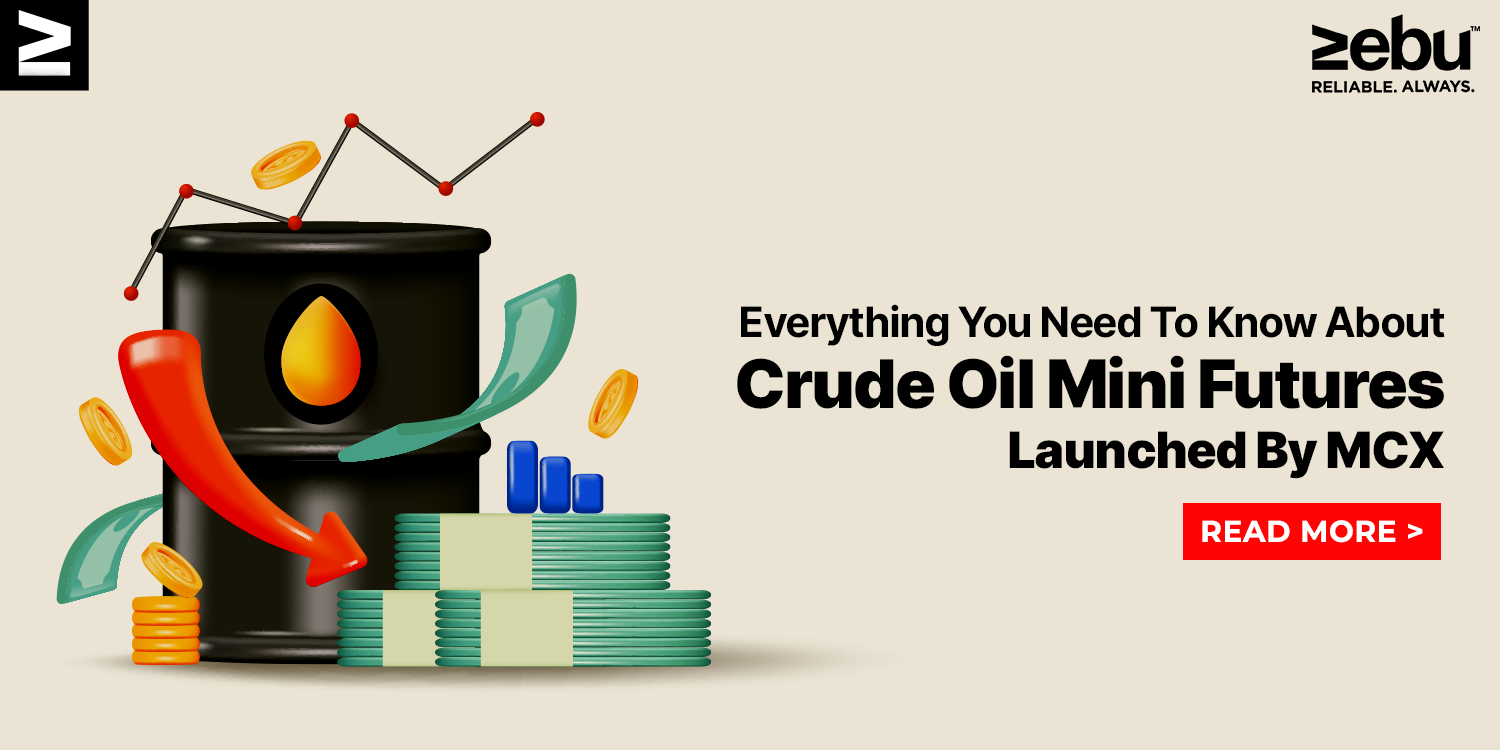
The Multi Commodity Exchange of India (MCX) is re-launching its Crude Oil Mini futures contracts, starting from March 3, 2023. The Crude Oil Mini futures were discontinued in December 2019, but now they’re back and expected to provide a significant advantage for commodity traders who prefer trading in smaller quantities.
The usual Crude Oil futures contract on MCX is a 100-barrel contract, but the Crude Oil Mini futures contract is a 10-barrel contract. This means that the margin required to trade in one lot of Crude Oil Mini will be approximately one-tenth of the margin needed for the regular Crude Oil futures contract.
The price pattern and underlying product will remain the same for both contracts. The quotation of the Crude Oil Mini futures contract will be ‘Rs per barrel’, and the settlement price will be based on the New York Mercantile Exchange’s Crude Oil front-month contract, which is the same as for MCX’s Crude Oil futures contract. The underlying product for both contracts is Light Sweet Crude Oil.
We assure its customers of an incredible trading experience for all commodities traded on MCX, including the Crude Oil Mini futures. The re-introduction of Crude Oil Mini futures is expected to be beneficial for commodity traders who prefer smaller quantities of trading.
The Forward Markets Commission has approved MCX’s launch of the Crude Oil Mini futures contract with a trading unit of 10 barrels, quoting ex-Mumbai price. According to the contract specification approved by the regulator, an individual client can trade up to 4,80,000 barrels, while a member (brokerage firm) collectively for all clients can trade up to 24,00,000 barrels.
In addition to Crude Oil Mini futures, MCX already offers mini futures contracts in some of the base metals and precious metals. Stay tuned for more updates from Zebu regarding MCX’s innovative offerings in the commodity trading space.
